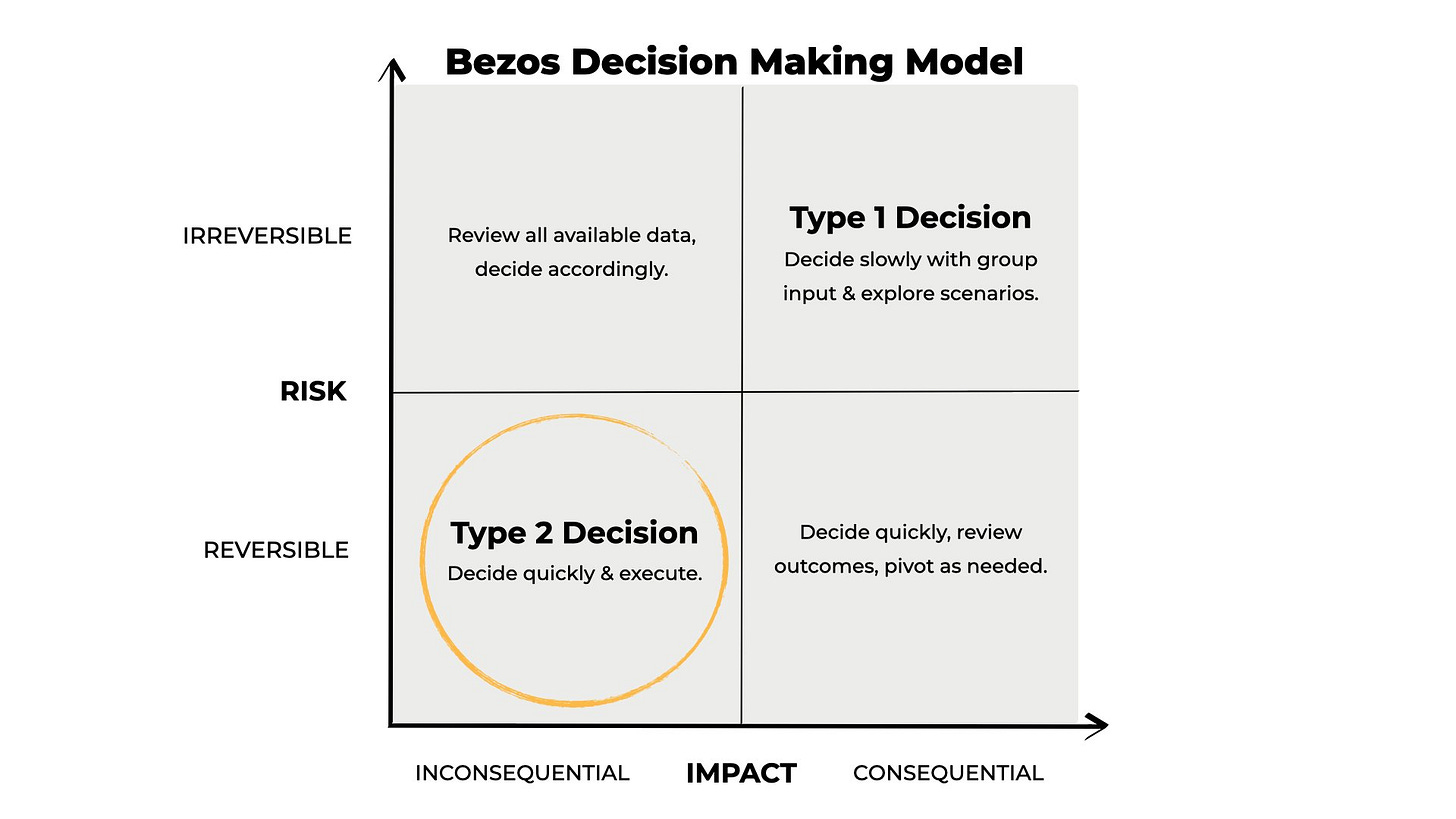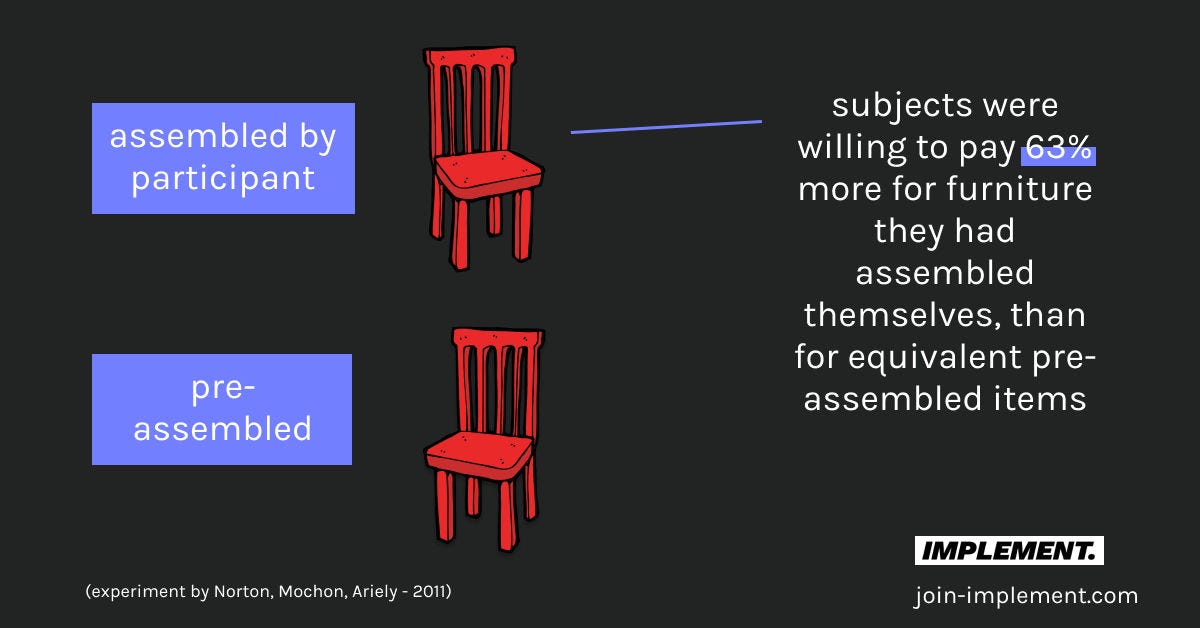Friends,
Most startups dream of hypergrowth. Clay lived it.
They 10x’d revenue year over year—then did it again in 2023. In 2024, they followed up with a 6x surge. Today, Clay serves over 5,000 customers, including industry giants like OpenAI, Canva, Anthropic, Ramp, and Rippling.
What’s even more impressive? This explosion happened in just 18 months. As recently as spring 2022, Clay was still hovering near $0 in revenue.
From the outside, it looks like an overnight success. But the reality? This was 7 years in the making.
Clay spent years refining their product and messaging before hitting escape velocity. Roblox did it. So did Clay.
Now, backed by $40M in Series B expansion funding at a $1.25B valuation, Clay has built something remarkable. Tens of thousands of users. Thousands of paying customers. Category leaders like Verkada, Anthropic, and Intercom all run on Clay.
In this essay, we’ll break down how Clay got here—from early pivots to hypergrowth. You’ll learn:
The early struggles and why their first idea flopped
How they found their wedge and executed a focused GTM motion
The reverse demo playbook that turned trials into instant onboarding
How Clay turned GTM into a media engine to drive inbound demand
Why they chose usage-based pricing over per-seat models
How they layered sales-led growth on top of PLG to break into enterprises
This is the inside story of how Clay became a unicorn—without the hype.
Brought to you by:
Market Curve is a premium storytelling studio that turns tech companies into media companies. We’ve worked with some of the top tech companies in the US and EU backed by some of the top investors, like YCombinator, Sequoia Capital and more.
We’ve helped founders grow their personal brand in the v0 stage, while writing essays that go viral on social media for companies closer to the PMF spectrum.
Here are a few things I can help you with —
Web & landing page copy that converts.
Longform blogs, essays, and newsletters that drive authority.
High-value assets like decks, e-books, guides, and case studies.
Ghostwriting for busy founders & execs who want to stand out.
Want to turn your startup into a media company?
Want to become a Billion dollar company? No thanks.
Clay wasn’t an overnight success. It took two pivots before they found their footing—a testament to how important flexibility is in the early days.
Their original idea? Do for programming what Figma and Miro did for design. Make it more accessible. Their first attempt was a rebuilt terminal, allowing companies to pipe data between different software systems. Sounds cool. But it didn’t solve their core problem—making programming more intuitive. So, they scrapped it.
Back to the drawing board.
They asked themselves -- what if a spreadsheet could pull in data from anywhere on the internet?
Suddenly your boring spreadsheets became dynamic thanks to external APIs and a bit of programming magic. After all, Excel never dies and it’s APIs all the way down.
The great thing about use-cases is that they are great for identifying what functionality your product has – you wanna be lean at the start and have that one main JTBD that your product does. Focus is your friend here.
Now, there may be times when you end up getting nowhere with your early version and that’s alright too. Maybe you just have to pivot your target customer or play with the messaging. But the goal here is to find a core use-case and tie it to a customer that wants your solution for his specific use-case. And that’s what the Clay founders did – they identified prospecting as their main use-case.
But they ran into a problem – the use-case though specific, could be used by a whole lot of different people. Recruiters could use them to prospect candidates, agencies could use them to prospect leads, in-house teams could use them to prospect potential customers.
And while you may think that’s a good problem to have, sometimes it’s not because it's not easy to be pulled into all these different directions. “The main reason a startup dies in the early days is not because of starvation, but because of indigestion”.
Too much breadth kills startups.
As Jeff Bezos puts it, some decisions are “two-door decisions”—you can’t walk them back.
Clay had to choose between:
Building a horizontal solution like HubSpot or Typeform.
Going vertical, solving one high-value problem exceptionally well.
They chose focus. Instead of dreaming about being a billion-dollar company, they locked in on the next 18 months. Execute first, scale later.
And the man to execute? Varun Anand.
Getting the first users: social listening & reverse demos
Anand was tasked with leading the first GTM motion & getting those first customers. So Anand did what Wade Foster of Zapier did – he joined forums where his target audience was hanging out. Anand joined sales groups, whatsapp groups, Slack groups and waited for people to talk about problems. He set up notifications for words like “enrichment”, “data”, “outbound”.
And zeroed it down to 30 people who had said something interesting about the topic in the last few years. From these conversations, he found that cold email agency owners were the most vocal and passionate about these problems. He had found his ICP.
Which was exactly what he wanted. As a next step, he hired a sales influencer Eric Nowoslawski who was popular with the agency audience and got him on board.
Eric was super active on LinkedIn and he showed off Clay which got more cold email agency owners interested, and they signed up for Clay.
The response? Immediate traction.
But Clay didn’t let just anyone in.
New signups went to a waitlist. Every morning, the team reviewed applicants. If they fit Clay’s Ideal Customer Profile (ICP), they got an email:
"Hey, book a time with us. Come prepared with a dataset you need enriched, or a problem you want solved in this 30-minute session."
At this point you’d expect them to give a lame demo like most people do.
Anand did the opposite.
He had the user share their screen.
He dropped a Clay signup link in chat.
Using Zoom’s annotation tool, he walked them through solving their own problem—live.
This wasn’t a demo. It was onboarding.
This is a great example of the Ikea effect at work – people are more likely to buy something if they feel like they did it themselves. It’s like lego.
And Anand didn’t end the call abruptly either – he wouldn’t hang up until this person had joined their Slack group.
Anand would have them type in the Slack URL, join it, send him a DM and only then would he hang up the Zoom call. Talk about execution! It’s no less impressive than the Collison installation.
This approach helped the founders see how customers were using the product first-hand. They got to see the UX up close, creating a solid design, product & onboarding foundation. New use cases were unlocked – which meant more growth. Clay was in business.
Building the one-person distribution machine.
Clay’s next growth lever? Turning GTM into a media engine.
Eric’s success inspired more influencers to showcase Clay. But Clay didn’t rely on them passively. The team posted every day, following a simple rule:
Show people how to do things that are really valuable to them.
They turned reverse demos into content. Live use cases became videos, LinkedIn posts, blog articles, and guides—each one pulling in more of the right customers.
They also hosted Clay Clubs in cities like Sydney and Toronto. Events led to LinkedIn posts, which became blog content, which turned into SEO assets—a flywheel in motion.
As a result, Clay naturally spent a lot of time nurturing these creator relationships and giving them the resources they needed to succeed. They helped them with their marketing campaigns, promoting new business lines, hosting webinars and much more. The more people showed up for their creators, the more eyeballs Clay was getting.
This is similar to how Webflow got their first customers too – in Webflow’s case, they targeted agencies and designers who would use Webflow to build websites for their clients.
If you’re building a b2b product, ask yourself – instead of catching one fish at a time, how can I cast a wide net and catch as many fish as possible? For Webflow, that answer was designers, and for Clay, that answer was cold email agency owners. This unlocked distribution for them in a significant way.
And their brand stood out. Most B2B SaaS companies treat branding as an afterthought. Clay made it a competitive advantage—hiring a Head of Brand as one of their first 25 employees. Customers could now spot Clay from a mile away.
Building viral, compounding growth loops
PLG is product led growth where the product does the selling and each user brings in more users and it creates a growth flywheel.
Clay launched on Product Hunt in 2022, opening signups to everyone. The result?
Too much noise.
So two months later, they turned the waitlist back on.
At first, Clay needed customers to pay upfront. They didn’t have billing infrastructure, so Anand manually invoiced users for $200/month. Only after hitting $1M ARR did they automate billing.
Pricing became their biggest unlock
.
Instead of per-seat pricing, they introduced usage-based credits—charging for value, not headcount. They were gonna have usage-based credits instead of the standard per-seat model that dominated sales tech & PLG companies like Notion, Webflow, Figma, Miro etc.
They realized that the value of the product is in the columns because every column the user added was a new enrichment. Paddle called it identifying the value-driven feature where you identify the one feature that adds the most value and you take on a value-based pricing. And for Clay, this value-based pricing approach was manifested as usage-based pricing.
Clay’s PLG lever relies on having a large volume of users coming in, trying out the product on either a free trial or freemium and then upgrading.
In addition to trying out content on social media, and doing ecosystem marketing, they also focused on SEO & side-project marketing.
Just like Webflow, they have a Clay University, Claybooks, templates which feed into their PLG loops across customer acquisition, retention and expansion.
Their PLG flywheel worked like this:
A cold email agency signs up.
They use a Clay template on client projects.
The client pays for Clay.
The agency realizes Clay is indispensable.
They create custom templates, onboarding more customers.
To fuel this loop, Clay built Clay University, Claybooks, and free tools like an email finder and CPM calculator—each bringing in new users.
The logical next step for Clay? Become a media company.
HubSpot did it.
Mercury did it.
Stripe did it.
Clay can reverse-engineer GTM strategies, highlight customer success, and create world-class B2B content—fueling the flywheel for years to come.
They already mastered GTM.
Now, they can own the story.
Building a big-boy sales machine to sell to the big boys
PLG served as a strong foundation for Clay to add on a sales-led-growth lever. This usually is the template to follow - Webflow and Typeform are other companies that executed a sales-led-growth motion after building a robust PLG motion in place. It’s the same with Clay.
Clay’s sales teams don’t exactly fit the mold of your general salesman though. Remember the reverse demo? The success of the reverse demo was contingent on the fact that the salesmen were super familiar with the product, could navigate any complexities and come up with a solution on the fly. That’s the trait Clay needed in all their salespeople to really scale this thing up.
So it’s no surprise that their head of sales is an engineer by training, a former founder and a former head of growth at an early startup. They have a team of what they call GTM engineers who are a blend of technical and sales roles – they are good enough to solve user problems while being able to build rapport with their target customers.
In 2023, Clay started to invest in building a sales machine. But enterprise sales was a different beast to tackle. They needed to differentiate the white-glove version of Clay from the self-serve version of Clay. Once they did, they needed to get enterprises to pay money to justify this white-glove experience. Not an easy thing to do.
They started with a classic sales strategy, inspired in no less part than their own experience scaling Clay from the ground up, and dealing with salespeople. They identified a wedge – data enrichment. They identified the problem enterprises had to find and access high quality data providers in one place. So they solved that first. Because this was an existing budget line item, it was easier to get the foot in the door, allowing them to expand to other use-cases later.
As for countering the objection wrt the difference between the white-glove and self-serve versions of Clay, the sales team handled the objection head on. They acknowledged that the enterprise could go self-serve but they won’t because of company policies, feature requests, support requirements, etc. And buyers respected that honesty.
They changed the pricing too for enterprises. They converted credits, platform fee, support, everything into credits. That was the unit of pricing used as reference when dealing with enterprises. And since the credits were usage-based, it scaled nicely and organically without much friction.
The key element while doing enterprise sales is to get on texting terms immediately. You wanna exchange numbers right away – this changes the dynamic and helps cut through the usual enterprise formality mess.
The Playbook:
Find a focused wedge – Start with a single, well-defined use case that solves a high-value problem. Don’t try to serve everyone at once.
Use social listening – Hang out where your ideal customers talk about their problems. Set up keyword notifications and insert yourself into the right conversations.
Leverage influencers – Get niche influencers to show off your product instead of selling it directly. Their credibility accelerates trust.
Gate access strategically – A waitlist ensures only high-intent users get in first. Prioritize quality over quantity.
Do reverse demos – Instead of walking through features, help the user solve a real problem live. Let them drive while you guide.
Make branding a competitive edge – Treat branding like a growth lever. A strong, recognizable brand wins in crowded markets.
Layer PLG with sales-led motion – Let the product acquire users first, then introduce sales for bigger deals.
Innovate on pricing – Charge for value, not headcount. Usage-based pricing can be a game-changer.
Turn GTM into media – Content compounds. Turn every use case into videos, blog posts, and guides to attract inbound leads.
Think beyond software – The biggest SaaS companies become media companies. Build a content ecosystem that fuels continuous growth.
Execute first. Scale later. That’s how Clay did it. And that’s how you can too.











